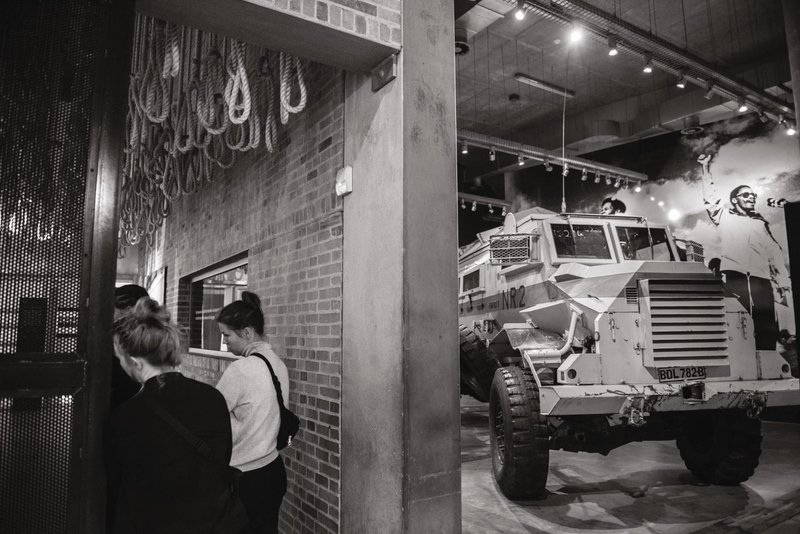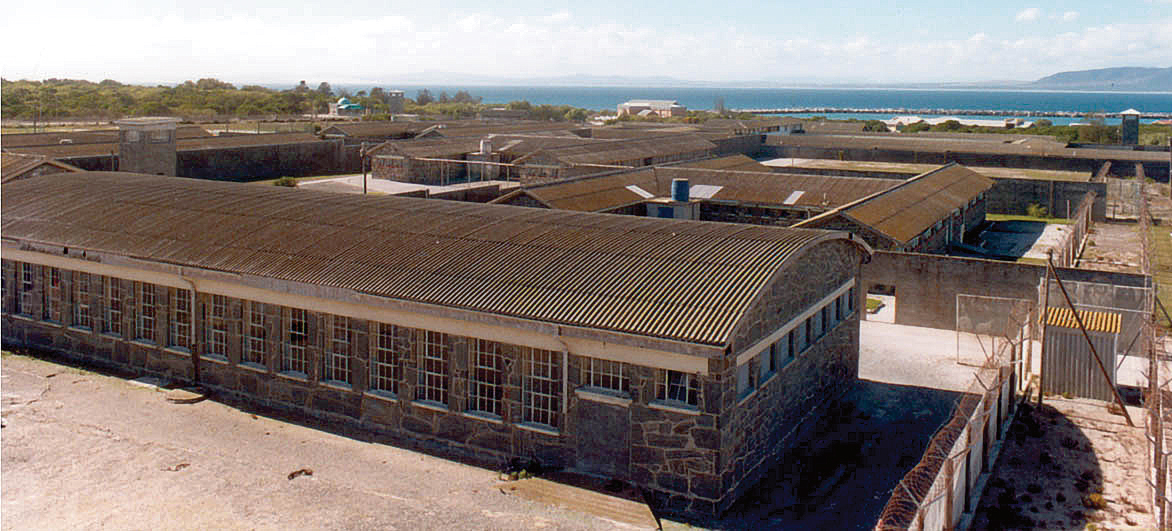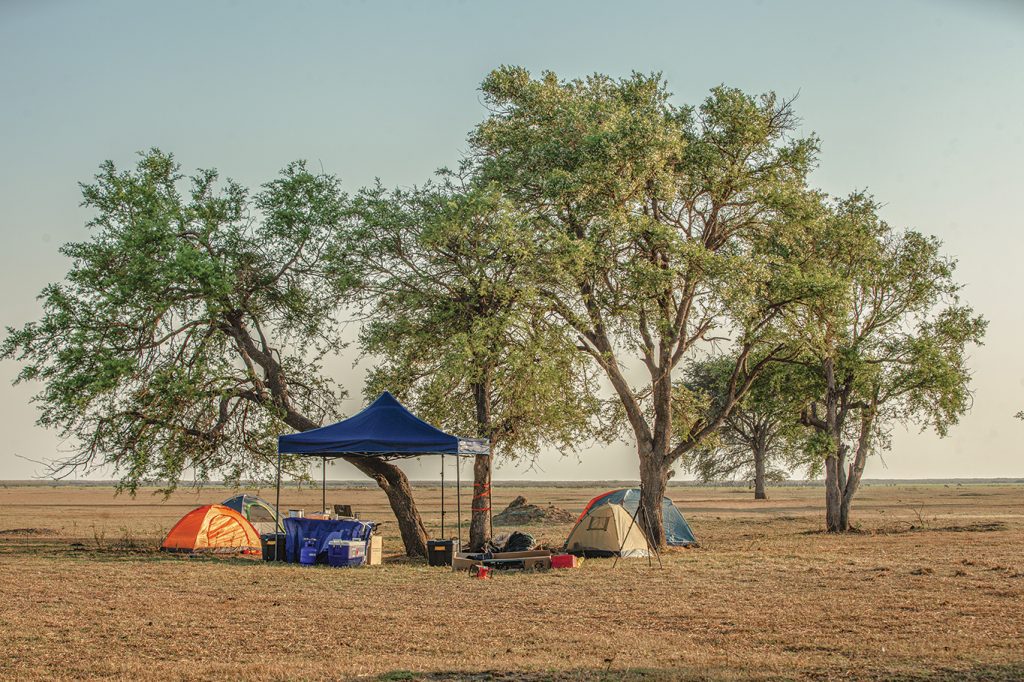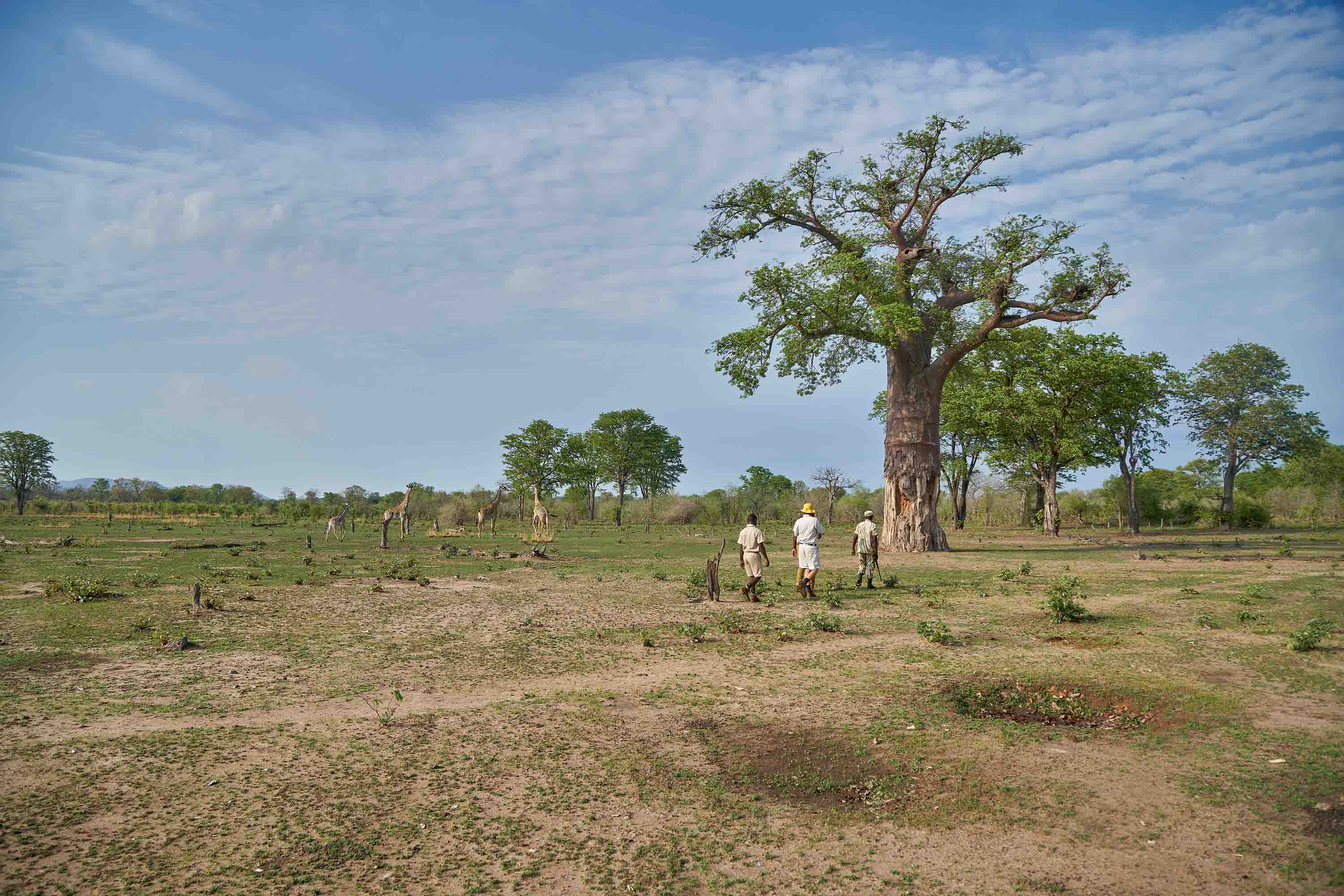Apartheid: the system of segregation or discrimination on the grounds of race in force in South Africa from 1948 to 1991. Afrikaans; meaning ‘apartness’.
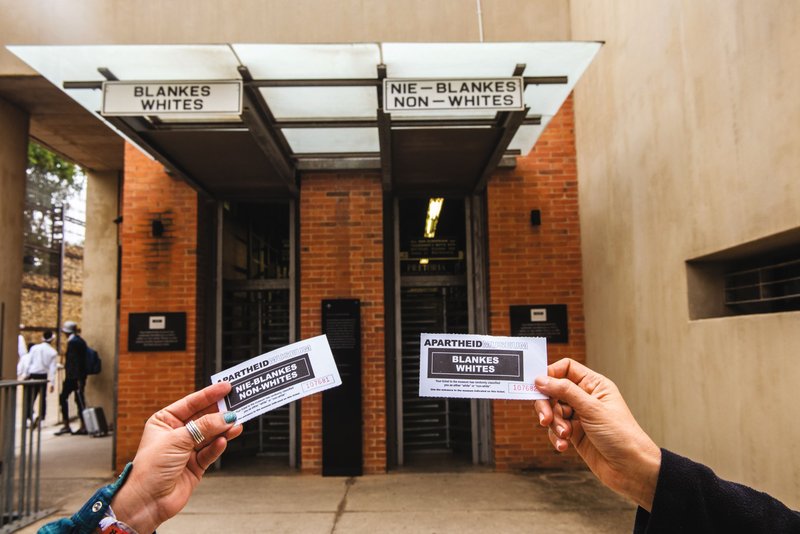
South Africa’s journey from apartheid to democracy stands as a testament to the resilience of its people and the power of collective action. For decades, the white apartheid regime enforced a system of institutionalised racial segregation, perpetuating inequality and injustice. However, since the dawn of democracy in 1994, the nation has embarked on a path of reconciliation, striving to heal the wounds of the past and build a more inclusive society. The Apartheid Museum was constructed to illustrate the rise and fall of apartheid, serving as a place of healing and a tribute to the resilience and courage of the men and women who fought tirelessly for justice and equality, risking their very lives in the process.
Where it all began
Situated on the outskirts of Johannesburg, the Apartheid Museum opened in 2001, with a construction cost of approximately 80 million rand, to exclusively tell the gruesome and horrific story of apartheid and South Africa’s journey from oppression to liberation. It takes you on a journey into the heart of South Africa’s calamitous past, a devastating journey with an encouraging end.
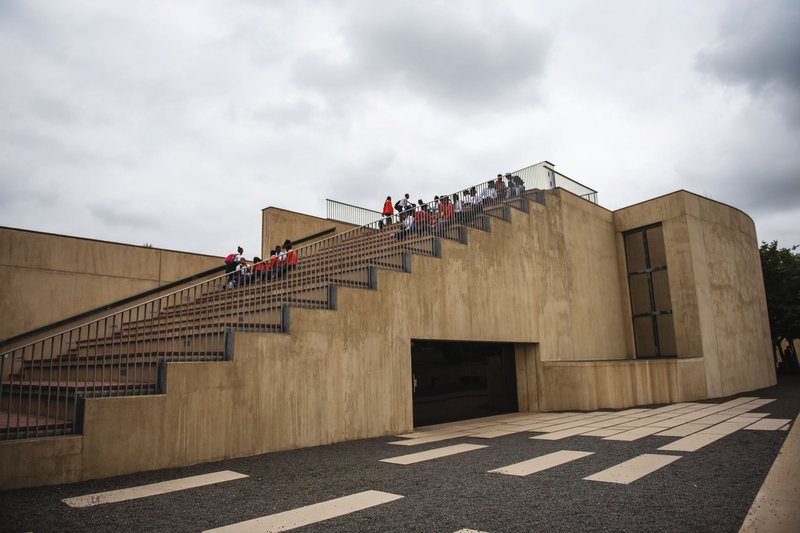
As visitors step through the doors of the museum, they are transported into the depths of apartheid-era South Africa, where racial segregation and discrimination shaped every aspect of society. At the ticket office, visitors are greeted by two separate marked entrances, “white” and “non-whites.” Tickets are randomly assigned to visitors, regardless of race, but visitors may only enter through the door with their assigned race ,further emphasizing the discomfort of segregation.
The path to the exhibition halls is enclosed by cages on both sides. They display historical race-classification documents. In contrast, an audio exhibition, whose source cannot be determined, replays interviews recalling participants’ chilling stories of life during apartheid.
The museum leads visitors through 22 individual exhibition areas divided into three concurrently running exhibits: the permanent exhibition, the Mandela exhibition, and interchanging temporary exhibitions. Rather than simply narrating the history of apartheid, the museum’s flow forces the visitor to take an active role in confronting the emotional journey to freedom.

The Permanent Exhibition
The permanent exhibition tells the story of the state-sanctioned system based on discrimination and the struggle of the majority to claw out of apartheid. Each exhibit tells a significant part of this story, including the pillars of the constitution, life under apartheid, the significance of 1976, the rise of black consciousness, Nelson Mandela’s release, the 1994 elections and his rise to the presidency, truth and reconciliation, and the New Constitution that continues to guide the country to this day.
On exiting the caged exhibit, visitors are confronted with the gradual slope of an open-air incline interspersed with mirrors depicting life-sized, full-colour cutouts of people from all walks of life heading up the slope. They are dressed as ordinary people of all ages, representing all the citizens of South Africa indiscriminately. As you approach the mirrors, you are encouraged to reflect on the fact that all people are equal, regardless of race. The slope is not without its physical exertion, preparing visitors for the dramatic indoor experience.
The Apartheid Museum skilfully recounts the past through architecture, light open-air spaces contrasting with dark, enclosed spaces. Sound, mass, and scale illustrate the chronological timeline of apartheid.
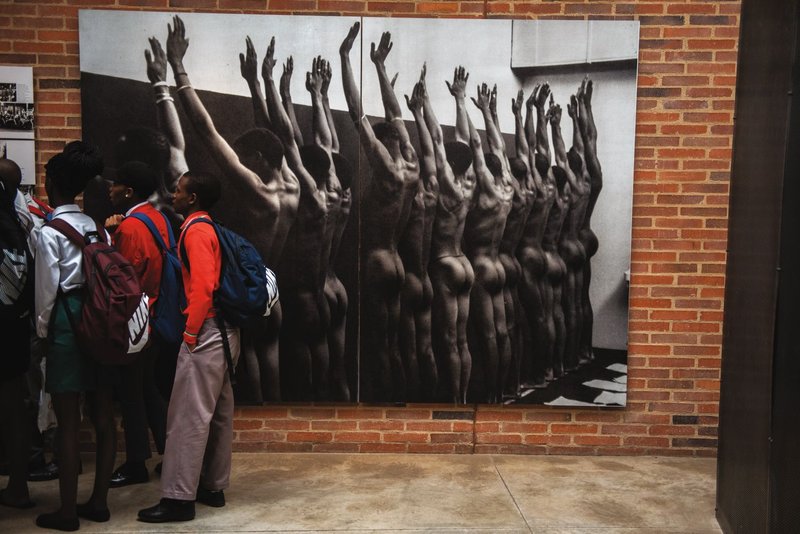
To ensure a unique and outright appealing showcase, the exhibits have been assembled and organised by a multidisciplinary team of curators, filmmakers, historians, and designers. These include provocative film footage, photographs, text panels, and artefacts illustrating the events and human stories of this horrific period in South Africa’s history.
The exhibition consists of various photographic displays, including the forced relocation of black people from Sophiatown to Soweto as armed police look on. Aside from the intelligent use of architecture, the museum relies heavily on original artefacts and replicas to convey its story. Original artefacts of struggle heroes and apartheid relics are displayed in glass cases below the images of the individuals they belonged to. Large maps depicting the Land Act marked the beginning of area segregation, which forced black Africans to live separately.
Other displays include a yellow Casspir, the dreaded armoured vehicle that accompanied the armed forces of the white regime when they meted out violence to innocent civilians, decommissioned and confiscated weapons, and the original white, orange, and blue flag of the Union of South Africa, viewed through vertical iron bars.
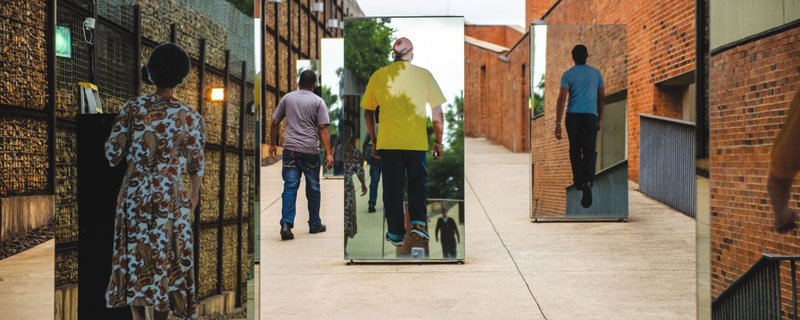
Every aspect of the exhibitions is designed to convey the sense of darkness, imprisonment, and oppression that South Africans felt during apartheid. Perhaps among the most moving displays is the Political Executions exhibit, consisting of 131 hangman’s nooses hanging from the ceiling, each representing a political prisoner executed during the apartheid era.
Final displays include the negotiation of the constitution, where visitors are ushered into a large room where an audio recording of the delegates negotiating can be heard. Across the room, separated by windows, screens display the extreme violence that occurred simultaneously. The Election Hall depicts the 1994 elections, South Africa’s first free and fair elections, in which Nelson Mandela, then president of the ANC (African National Congress), won and ushered South Africa into a new era of freedom.
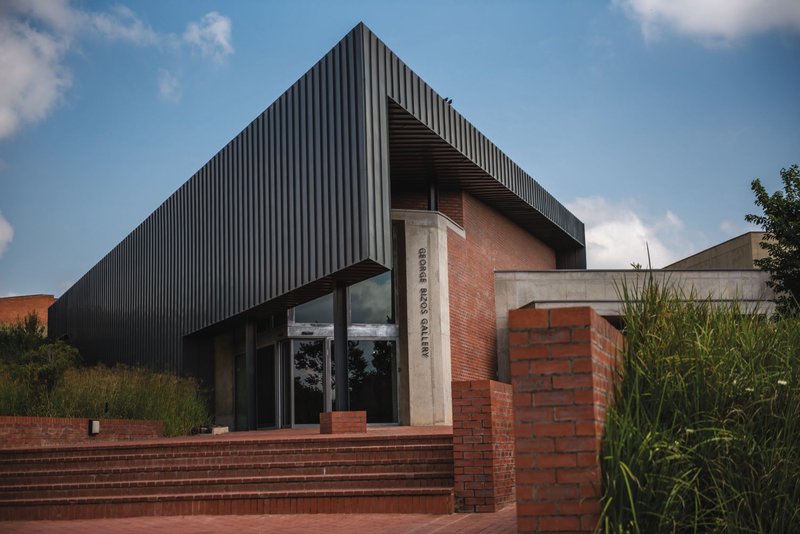
The end of the circuit draws visitors into a space where they are encouraged to make a pledge to fight apartheid wherever they find it. Visitors pick a stone from a pit and place it on a pile. The stone piles are then used to further construct the museum’s walls, symbolising their commitment to building a world free of discrimination and segregation.
Among the icons it has featured, we can all take a leaf from Desmond Tutu’s life, together with other religious leaders and renowned freedom fighters, who put themselves on the frontline, ready to challenge the state and broker peace wherever they could. The journey to freedom was difficult; lives were lost, and many were altered forever. However, the people of South Africa will always be thankful for the sacrifices made by all those featured here, and some still to be featured. This makes the Apartheid Museum a melting pot and a developing story that will forever be valuable to all visiting the country.
Note: The museum is a registered not-for-profit organisation and relies on donations, contributions, and sponsorships to sustain its growth and upkeep.
Images Courtesy of Apartheid Museum
